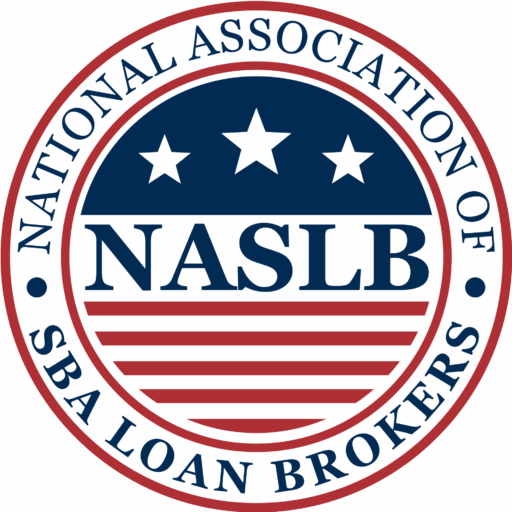October 22, 2025
Bob Coleman
Executive Director, NASLB
Government Shutdown Update: Interim 504 Financing Available — At the Lender’s Option and Risk

As the government shutdown continues, I’ve been hearing from SBA loan brokers who have deals stalled in the pipeline — especially 504 projects awaiting SBA approval. Borrowers are anxious, settlement deadlines are here, and SBA systems are offline.
Here’s the deal: lenders may move forward with interim 504 financing — but only at their own option and risk.
Lender Options
A lender may close the first lien, also known as the Third Party Lender (TPL) portion, of a 504 project before the SBA issues its approval. In a typical SBA 504 structure, the first lien loan is the conventional financing provided by a private lender — usually covering about 50 percent of the total project cost. This loan is secured by the senior lien on the real estate or equipment being financed and carries market terms set by the lender. Even during the government shutdown, the SBA allows lenders to close and fund this first mortgage so the borrower can move forward with their purchase or construction. This helps prevent lost contracts, missed deadlines, or expired purchase agreements while SBA operations are paused.
In addition, a lender may also close a bridge loan — a temporary, short-term, interest-only loan with a maturity of three years or less — to cover the 504 portion of the financing. Normally, this portion would later be replaced by the SBA-backed debenture after approval and funding. The bridge loan serves as interim financing that enables the borrower to complete the project now, with the expectation that the SBA 504 loan will take it out once the government reopens. However, lenders must understand that they are proceeding entirely at their own risk. The SBA has not yet approved the 504 loan, and there is no guarantee that it ultimately will. To protect themselves, lenders may take additional collateral or guarantees during this interim period, which can be released once the SBA loan closes and funds.
However, the lender must clearly inform the borrower that the 504 loan has not been approved by SBA. The lender proceeds entirely at its own risk, though additional collateral may be taken to secure the interim loan and released once the SBA 504 loan closes and funds.
This gives lenders and brokers a path forward — but it’s a narrow one. There’s no safety net if the loan later fails to qualify or if SBA changes criteria after reopening.
What Brokers Need to Know
For SBA loan brokers, this is critical. You can still help borrowers move forward by working with a lender willing to provide interim financing. But transparency is key. Borrowers must understand that the 504 approval isn’t final until the government reopens.
The Bottom Line
Yes, interim financing for 504 loans is available, but it’s not automatic. It’s at the lender’s option — and entirely at the lender’s risk.
Proceed carefully, communicate clearly, and keep your deals alive until SBA is back in business.
